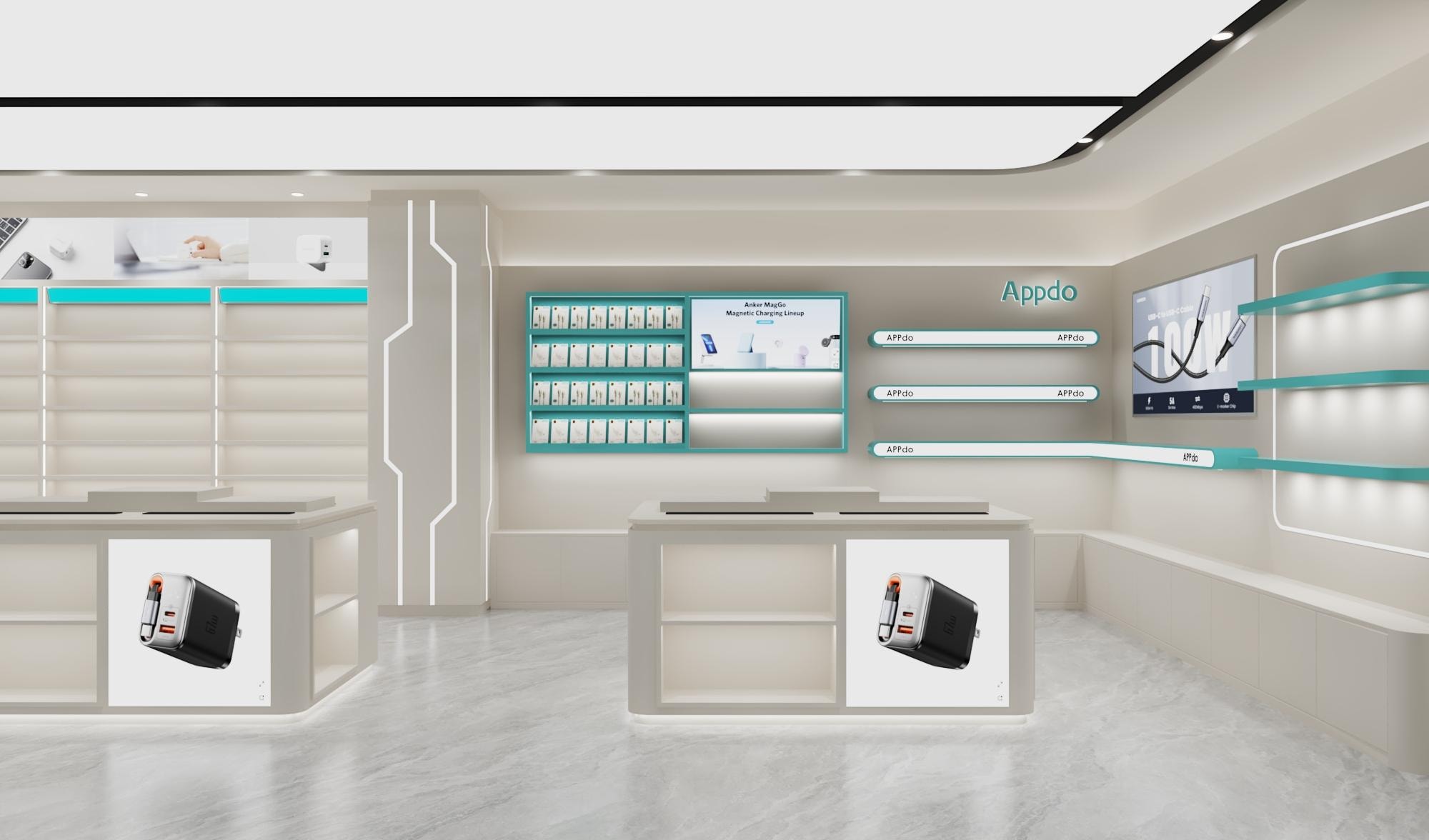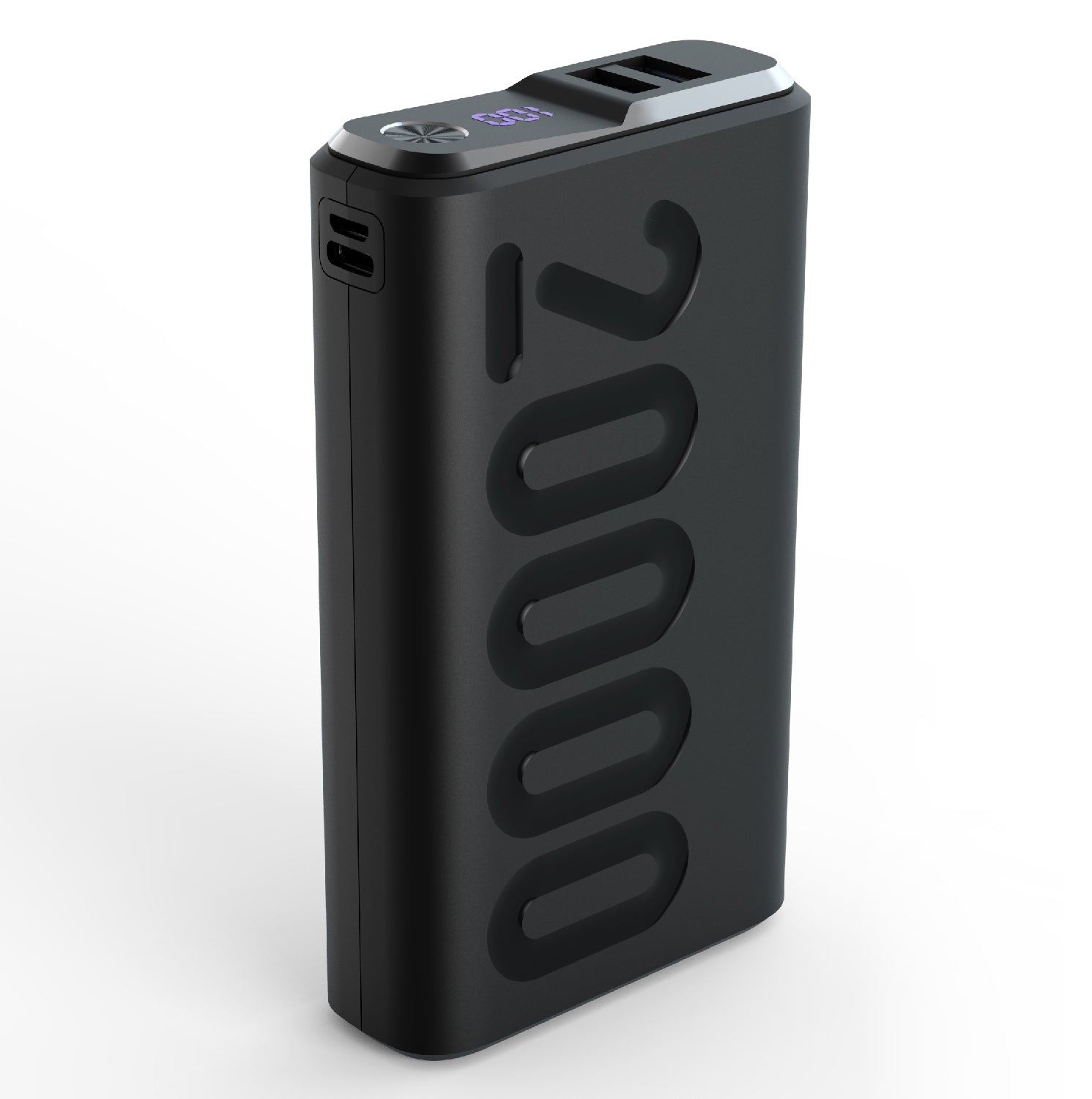
The Ultimate Guide to PD Power Banks: How to Fast Charge Your iPhone, MacBook, and Android Devices
Updated on October 27, 2025
Confused about choosing a PD fast-charging power bank? This article explains the principles and key parameters of PD fast charging (such as power consumption and GaN technology) to help you find the most compatible and fastest-charging power bank.
Table of contents

In our fast-paced modern lives, a dying phone battery feels like a contemporary "survival crisis." While standard power banks leave you waiting endlessly, the PD Power Bank is a true game-changer. But what exactly is PD fast charging? Why is it so quick? And how do you choose the right PD power bank for your beloved devices? This guide has all the answers.
1. What is PD Fast Charging? Why is it Your Device's "Perfect Partner"?
PD (Power Delivery) is a leading fast-charging protocol that uses USB-C connectors to support higher power delivery. Compared to traditional QC fast charging, PD charging's advantages include:Higher Power, Faster Speed: Supports up to 240W, easily meeting the charging needs of everything from smartphones to laptops.
Bidirectional Fast Charging: It can not only charge your devices quickly but also recharge the power bank itself rapidly using a PD charger, saving you waiting time.
Intelligent Voltage/Current Regulation: The PD protocol allows the device and charger to have an "intelligent conversation," automatically negotiating and providing the optimal charging power (e.g., 5V/3A, 9V/3A, 15V/3A, 20V/3A), ensuring efficient and safe charging.
Simply put, if you use PD-supported devices (like iPhones, iPad Pro, MacBook, and high-end Android phones released in recent years), a PD power bank can give your device a significant battery boost in the time it takes to drink a coffee.
2. How to Choose the Best PD Power Bank for You? Understand These 5 Points
Faced with a vast array of products, just focus on these core specifications to make a smart choice.1. Power (Wattage): Match Your Device's Needs
Wattage is the primary consideration. Common PD power bank wattages are 18W, 30W, 45W, 65W, 100W, and even higher.
iPhone 14/15/16 Series: Supports ~20-27W PD fast charging. A 20W-30W power bank is sufficient for full-speed charging.
iPad Pro / MacBook Air: Requires at least a 30W-45W PD power bank.
MacBook Pro & Other High-Performance Laptops: It's recommended to choose a 65W or higher power bank to ensure charging while in use.
2. Battery Capacity (mAh / Wh): Determines Your "Endurance"
Capacity determines how many times it can charge your device.
Conversion Relationship: Rated Capacity (mAh) ≈ Battery Energy (Wh) × 1000 / 3.7V. Pay attention to the Rated Capacity, not the Cell Capacity, as it's more accurate.
Light User (10,000mAh): Can charge an iPhone 2-3 times. Offers the best portability.
Medium User (20,000mAh): Can charge an iPhone 4-5 times, or a MacBook Air 1-2 times. This is the best balance of performance and portability.
Heavy User / Laptop Companion (26,800mAh and above): Can charge a laptop multiple times. Essential for business trips and travel.
3. Port Types & Quantity: Accommodate All Devices
USB-C Port: Must support the PD protocol, primarily used for recharging the power bank itself and for fast charging laptops/phones.
USB-A Port: May support other fast-charging protocols like QC, FCP, suitable for older Android devices or earphones.
Multi-Port Simultaneous Output: Choose a product that supports multi-port fast charging simultaneously, allowing you to charge a phone, laptop, and watch at the same time (note: total output power will be shared).
4. Does it Use GaN (Gallium Nitride) Technology?
GaN technology is a revolutionary breakthrough in recent years. Compared to traditional silicon-based chips, GaN components are more efficient and generate less heat. This allows GaN PD power banks to be made smaller, lighter, and more portable. If you pursue ultimate portability and high performance, the GaN version is a worthwhile investment.
5. Safety & Brand Reputation
Choose well-known brand products that have passed safety certifications like UL, CE, etc. They typically include multiple protection mechanisms (over-voltage, over-current, over-temperature, short-circuit) to ensure the safety of you and your devices.
3. Frequently Asked Questions (FAQ)
Q1: Can I use a PD power bank with my iPhone?A: Yes! Models from iPhone 8 and later all support PD fast charging. You just need a PD-supported power bank and a USB-C to Lightning cable (iPhone 15 series uses USB-C), and you can enjoy fast charging.
Q2: Does PD fast charging damage the phone battery?
A: With legitimate brands and quality products, no. The PD fast charging protocol itself is intelligent and safe. It intelligently adjusts power based on battery status and switches to trickle charging when nearly full, effectively protecting battery health.
Q3: Can I carry a PD power bank on a plane?
A: Yes. Civil aviation authorities generally allow power banks with a rated energy of 100Wh or less to be carried in hand luggage. A common 20,000mAh power bank (3.7V) is about 74Wh, complying with regulations. Those over 100Wh but not exceeding 160Wh usually require airline approval.
4. 2025 High-Value PD Power Bank Recommendations
All-Round Portable Choice (30W GaN Model): Ideal for iPhone users and ultra-thin laptop users. Compact and charges rapidly.Best Laptop Companion (65W/100W High-Power Model): Designed for MacBook Pro, gaming laptops, etc. Multiple output ports, one device handles all your gear.
Super Large Capacity Endurance King (26,800mAh 45W Model): Perfect for long trips or outdoor workers, providing long-lasting power support.

